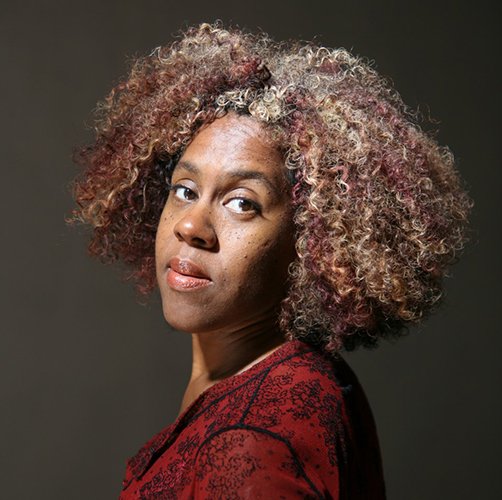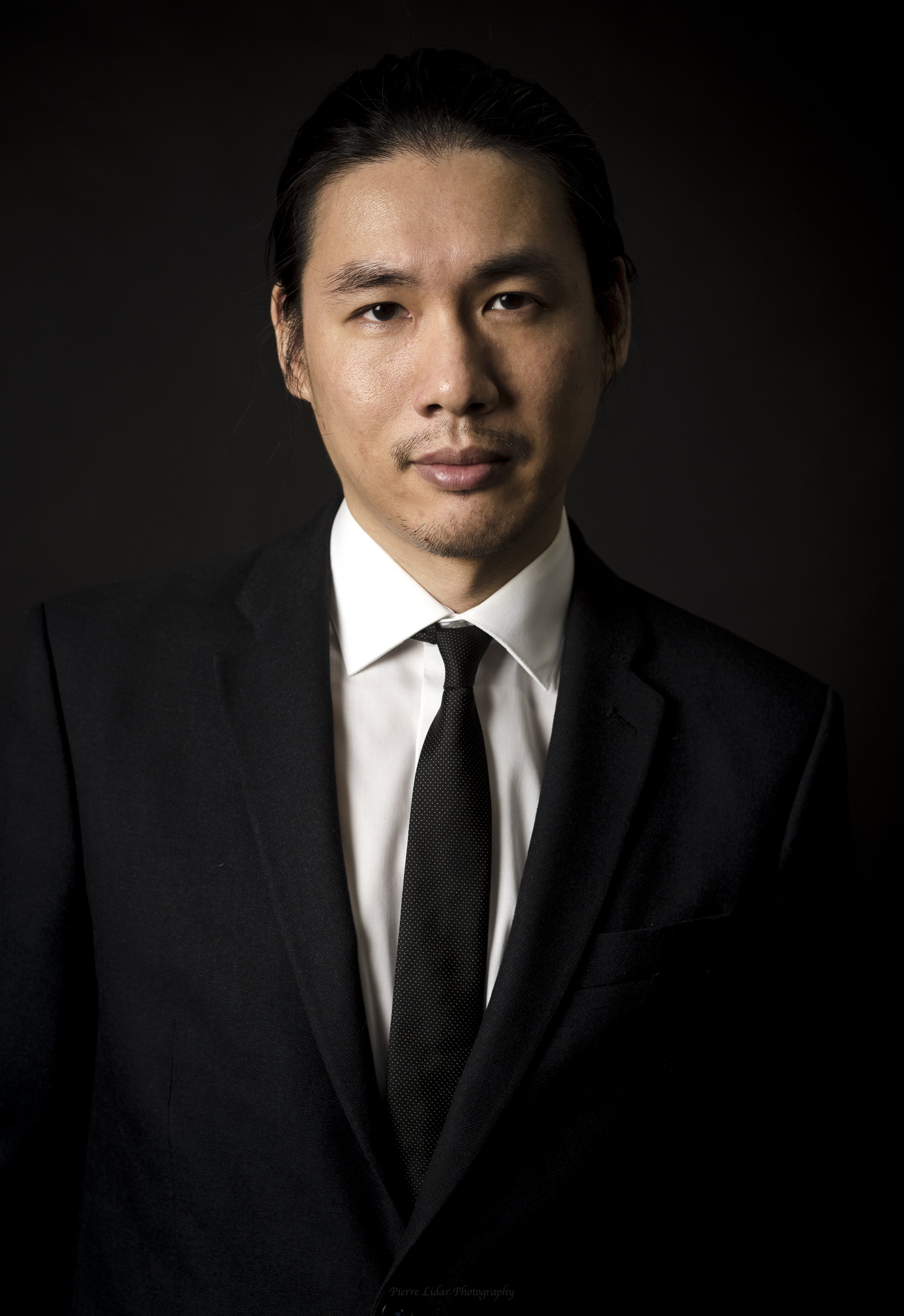
What is joy? Is it the sensation we get when buying a new pair of shoes or looking at a Magritte painting? Is it acceptance of the world around and within us? Is it living life with love even when it seems impossible? Yes. Yes. Yes. We are always in pursuit of joy because it transcends our reality and because it is the blossom which grows from a thorny stem in life’s garden. To know true joy one must have also known strife, one cannot exist without the other.
When I first heard Errollyn Wallen’s music I felt a deep sense of comfort, hope, and a true understanding of the human spirit. She is able to put not only her own heart, but the hearts of others, into her music and words. When she asked Shawn and I what topics she should think of when composing for us I immediately thought of JOY because I knew she could give us what’d we long been in search of: a musical representation of all facets of joy and what it means to us in the present day.
Gustav Mahler understood the internal contentment that stems from pain and transcending that pain. Des Knaben Wunderhorn encapsulates what it means to be human: grief, fear, loss, pain, love, healing, light, joy. Each song paints a specific yet universal condition that helps us understand and appreciate the inner peace that often comes after a storm.
Shawn Chang chose to set a poem by Jorge Luis Borges entitled Adam Cast Forth which recalls images of a garden, once perfect, now stained with human stubbornness and hardship. Yet we continue to value and seek love because it is what we know can save us and give meaning to life.
Olivier Messiaen’s Harawi contemplates and juxtaposes life and death, past and future, lightness and darkness, earth and heaven. Based on Quechan mythology and the story of Tristan and Isolde, Harawi dissects and abstracts how one experiences love and grief. Despite the surrealism found in both Messiaen’s prose and music there is a clear message that life cannot exist without death, happiness cannot exist without grief, and that our purest joy comes from allowing ourselves to love fully and fearlessly.
To touch the living garden is to have felt the soil that gives life to the roots, the thorny stems that inflict pain and serve as a bridge to the blossom, and finally the flower itself unafraid to seek, to cry for, to dream of, or to find its own joy.



